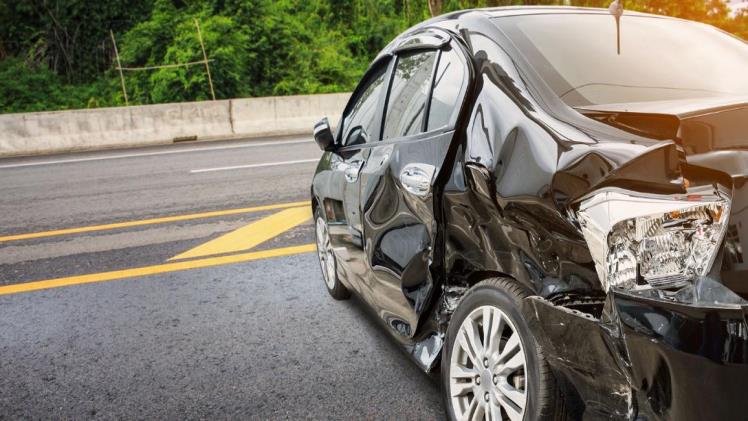Typically, when imparting Australian road safety instructions to drivers, the tutors lay stress on avoiding head-on and rear-end car crashes. Hardly any Less attention is given to collisions occurring because of negligent car reversing by drivers in Australia.
People disregard the impact of these collisions on account of relatively low-speed driving. Drivers assume it not to be a low-risk potential hazard owing to the slow motion of the vehicle. However, slow speed maneuvering and car reversing cause adverse road incidents that are hard to ignore. We can attribute a large proportion of insurance claims to heedless reverse driving events.
You already know pedestrians, children, and cyclists are the most vulnerable lot with drivers’ reversing negligence. Your comprehensive Rely on Car Insurance Australia will compensate for your incautious behavior. Look for an economically comprehensive cover to support unanticipated losses. If you don’t wish to burden your wallet one time, purchase a policy so you could pay a small amount of premiums annually and stay covered. when it comes to damage to your and others’ cars but not the damage, you may cause to people that’s where compulsory third party (CTP) insurance comes in. Still, best practice driving methods and being well insured are both essential.
The insurance process is pretty simple. Research online for vehicle insurers and compare car insurance to get a policy. Australian road laws dictate every driver on the road must have CTP to compensate the victims of a crash for medical costs, but that doesn’t save you with any car or property damage costs. While the CTP covers only third-party injury or mortality, the comprehensive coverage includes damage to your vehicle and the third-party property as well. So, weigh options before you buy one.
In this article, we focus on simple tips for reversing safely that drivers could adapt to avert unwarranted driving disasters.
- Drivers must remind themselves they must not move back any further than necessary while reversing. Plus, they must reverse the vehicle only if it is safe to do so.
- Survey the place carefully in all directions, especially behind your vehicle before reversing. If you are doubtful of anything, you could get out of your car and walk to the rear end to ensure there are no obstructions or perils not visible from your driver’s seat.
- If you find any approaching children or pedestrians and think they haven’t seen you, make it a point to let out a quick ‘beep’ and alert them about your vehicle reversing.
- By all means, avoid reversing for a long distance. If you are looking to go back further than past a couple of parked cars, you could turn around your car and drive around the block.
- Always enter/exit roads in the forward direction. Don’t move ahead in haste to only think about reversing later.
- Never try to reverse from a low-traffic road to a high-traffic road.
- Give way to pedestrians at all times – hence the need to reverse slowly. For instance, if they are entering a road from a driveway.
- For your safety, if any vehicle is approaching from behind, remain standstill until it passes by and reverse your vehicle after it leaves. Else, it would compel you to use car insurance from Australia to clear up the damages – whether it’s your fault or there’s for not seeing you properly.
- You may take additional help from a passenger to guide you while reversing.
- Make a habit not to reverse park in parking spaces where vision is obscured.
Conclusion
Exercising a little extra care and control while reversing vehicles would be your contribution to the commitment to road safety. Still, compare car insurance and purchase the best policy to stay covered for unanticipated damage caused by accidents. Check out the best entertainment source ifuntv. You can also visit here to get the latest headline news around the world listinside. If you need more information about 0x00x0, you can get essential news from it.

